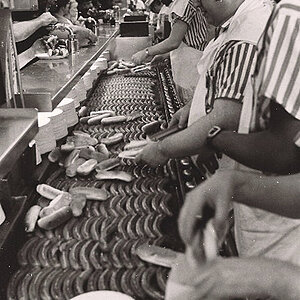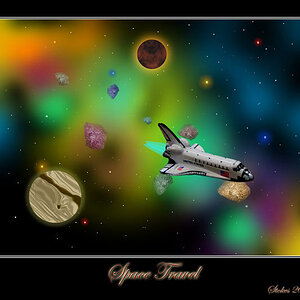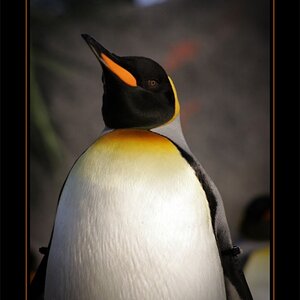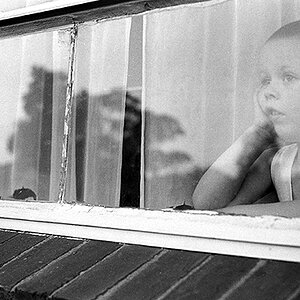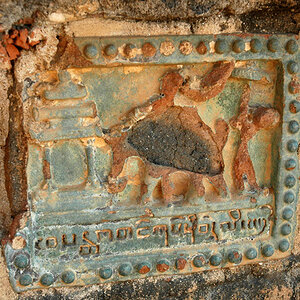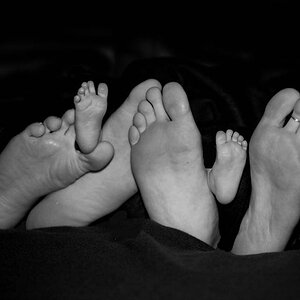thepaulreid
TPF Noob!
- Joined
- Nov 15, 2011
- Messages
- 75
- Reaction score
- 13
- Location
- Kent, UK
- Website
- www.flickr.com
- Can others edit my Photos
- Photos OK to edit
Hi all,
I have been shooting digital for a while and have just bought my first film camera today (Christmas present to myself!)
eBay - The UK's Online Marketplace went for a Rolleicord because I love the styling (shallow?!) and I like the look of the photos with the 3.5 Xenar lens Vs the sharper 2.8 of the Rolleiflex. I also have a Pentax K5 for crisp modern looking photos, and I want that vintage look to my shots.
My plan is to buy a scanner to scan the negatives into my computer rather than sending off the films to get developed and printed.
What kit do I need to do this?
Also, I am hoping to shoot in colour. What film would you recommend for a nice washed out look? I like low saturation!
Thanks in advance.
Paul
I have been shooting digital for a while and have just bought my first film camera today (Christmas present to myself!)
eBay - The UK's Online Marketplace went for a Rolleicord because I love the styling (shallow?!) and I like the look of the photos with the 3.5 Xenar lens Vs the sharper 2.8 of the Rolleiflex. I also have a Pentax K5 for crisp modern looking photos, and I want that vintage look to my shots.
My plan is to buy a scanner to scan the negatives into my computer rather than sending off the films to get developed and printed.
What kit do I need to do this?
Also, I am hoping to shoot in colour. What film would you recommend for a nice washed out look? I like low saturation!
Thanks in advance.
Paul




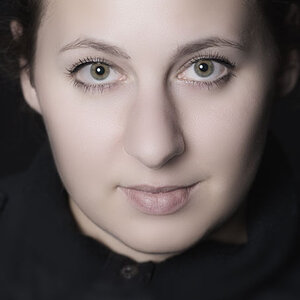
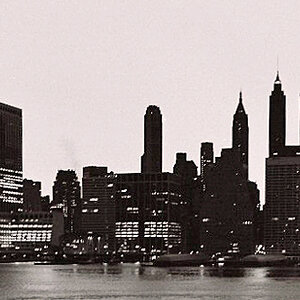
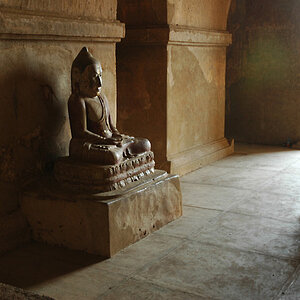
![[No title]](/data/xfmg/thumbnail/31/31706-3e429b21053f11072ed2e5b37c019073.jpg?1619734964)

